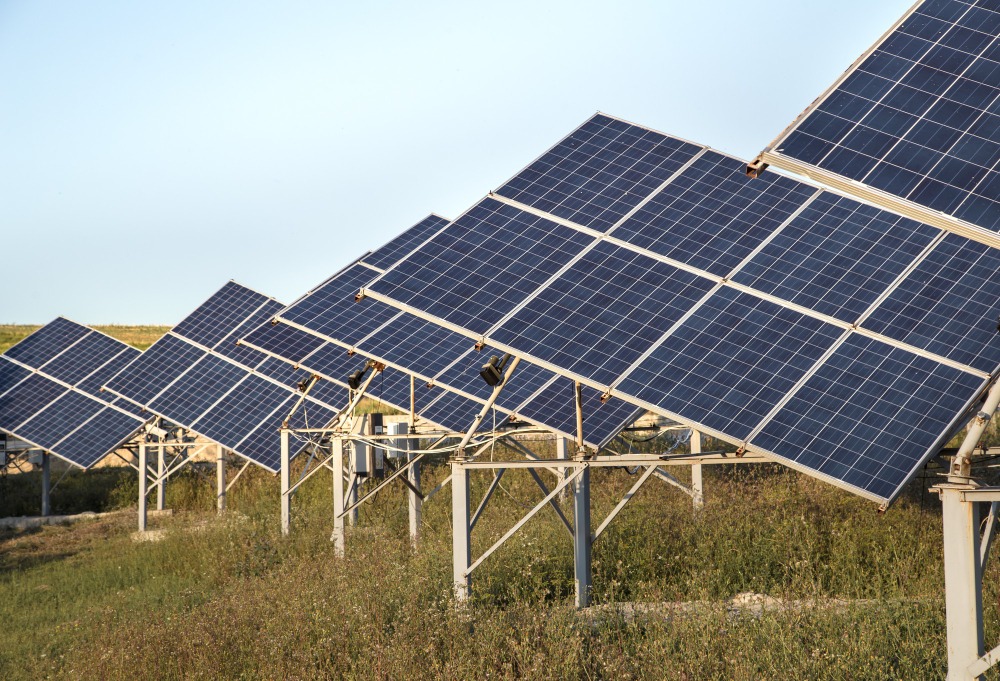How Do Solar Panels Work? A Beginner-Friendly Guide
As India moves towards a greener future, solar energy is leading the charge. But for many homeowners and business owners considering solar, the first question is: how do solar panels work? This blog simplifies the science behind solar energy—from what is a solar cell to how electricity reaches your home—and why now is the best time to make the switch.
Table of Contents
What Are Solar PV Cells?
A solar panel is made up of smaller units called photovoltaic (PV) cells, which are responsible for converting sunlight into electricity. Each solar PV cell is typically made from silicon, a semiconductor material that generates an electric charge when exposed to sunlight.
These individual cells are connected in series within a solar panel, and multiple panels form a solar array. The number of panels you need depends on your energy consumption, available rooftop space, and budget.
Fun Fact: A single solar PV cell generates around 0.5 volts of electricity, so dozens of them are connected to create enough voltage for home or commercial use.
What Is the Photovoltaic Effect?
The photovoltaic effect is the scientific principle behind how solar panels work. It refers to the process where solar cells absorb sunlight and convert it into electrical energy.
Here’s how it works:
- Step 1: Sunlight (made up of photons) hits the surface of a solar PV cell.
- Step 2: The energy from the photons knocks electrons loose in the silicon material.
- Step 3: These free electrons flow through the cell, creating a direct current (DC).
- Step 4: This electricity is then collected and used to power homes or converted into alternating current (AC) for broader use.
Step-by-Step Guide: How Solar Panels Work
Let’s walk through the entire process from sunlight to usable electricity:
🔆 1. Sunlight Hits the Solar Panels
During the day, solar panels installed on your rooftop absorb sunlight. The PV cells inside convert this solar radiation into DC electricity.
🔌 2. DC Electricity Goes to the Inverter
Most home appliances require AC (alternating current) to operate. The solar inverter is responsible for converting DC electricity from the panels into usable AC power.
Boost Solar uses high-efficiency inverters that maximize output and offer real-time monitoring.
🔁 3. Power Flows to Your Home
The converted AC electricity powers your lights, fans, appliances, and more. If you’re consuming less electricity than your system is producing, the excess energy is routed elsewhere.
🔄 4. Net Metering Comes Into Play
With a bi-directional net meter, any extra power your system generates is sent back to the utility grid. This earns you energy credits, which are deducted from your monthly bill.
Learn more about net metering and installations at Boostenergy.in (internal link).
📶 5. Monitoring & Maintenance
Modern solar systems come with apps or dashboards that allow you to:
- Track energy production in real-time
- Monitor savings
- Get alerts on system performance
Boost Solar also offers AMC (Annual Maintenance Contracts) for ongoing support and periodic system checks.
Get Free Solar Quotes
Real-World Benefits of Going Solar
Now that we understand how solar panels work, let’s explore why switching to solar energy is one of the smartest investments for both residential and commercial users.
🏠 For Residential Users
Lower Electricity Bills
With solar, you can cut your electricity bills by up to 90%—especially in regions like Gujarat with high sunlight availability.
Government Subsidy Benefits
The Indian government offers substantial financial incentives for homeowners through the PM Surya Ghar Muft Bijli Yojana. Here’s how it works:
| System Size | Subsidy Amount |
|---|---|
| Up to 2 kW | ₹30,000 |
| 2–3 kW | ₹60,000 |
| 3–10 kW | ₹78,000 |
for more info visit: https://pmsuryaghar.gov.in/
🏢 For Commercial Users
Massive Savings
Businesses often pay ₹10–₹16 per unit of electricity. With solar, your effective cost drops to ₹4–₹6 per unit—translating into lakhs of rupees saved annually.
Tax & Depreciation Benefits
Commercial solar installations qualify for accelerated depreciation (40%), lowering your taxable income.
Brand Value & ESG Compliance
Going solar boosts your brand’s environmental image and helps meet Renewable Purchase Obligations (RPOs).
FAQs – How Do Solar Panels Work?
What is a solar cell and how does it function?
A solar cell is the basic unit in a solar panel that converts sunlight into electricity using the photovoltaic effect. Made from silicon, it generates a flow of electrons when exposed to sunlight.
Can solar panels generate power on cloudy days?
Yes, solar panels still work on cloudy days, though with reduced efficiency. They generate around u003cstrongu003e10–25%u003c/strongu003e of their normal output depending on cloud cover.
Do I need batteries with my solar system?
Not necessarily. In grid-tied systems with net metering, batteries are optional. However, for backup during outages, hybrid systems with battery storage are available.
What is the lifespan of a solar panel system?
Solar panels last u003cstrongu003e25+ yearsu003c/strongu003e, with inverters typically lasting 10–15 years. Performance gradually reduces after 20 years but remains cost-effective.
Final Thoughts
Understanding how solar panels work helps you make a smarter, more confident decision toward energy independence. From capturing sunlight to powering your appliances and feeding excess back to the grid, solar energy is clean, efficient, and cost-saving.
At Boost Solar, we’re here to guide you through every step—from system design to installation, net metering, and subsidy application. Whether you’re a homeowner or a business owner in Gujarat, now is the best time to go solar.
👉 Ready to install solar on your rooftop? Get in touch with us for a free consultation today.


